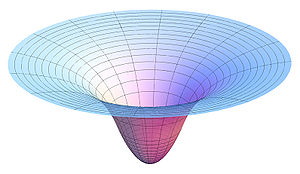The word "axiom does not appear in the paper.It mentions it as a second axiom: The electron is really a point charge moving at the speed of light. This can so far only be modeled with sincere understanding of the subject, as a topological charge manifestation of trapped light.
Perhaps you mean this: "The electron is a point charge moving at the speed of light in circular motion with angular
momentum of magnitude \hbar / 2 observed as electron spin."
That says that an electron is not a photon, since a photon does not have charge.

